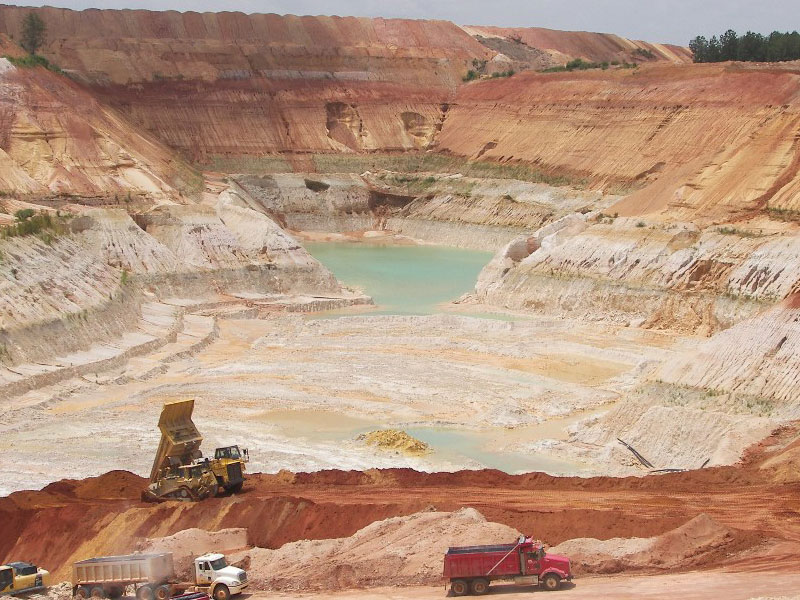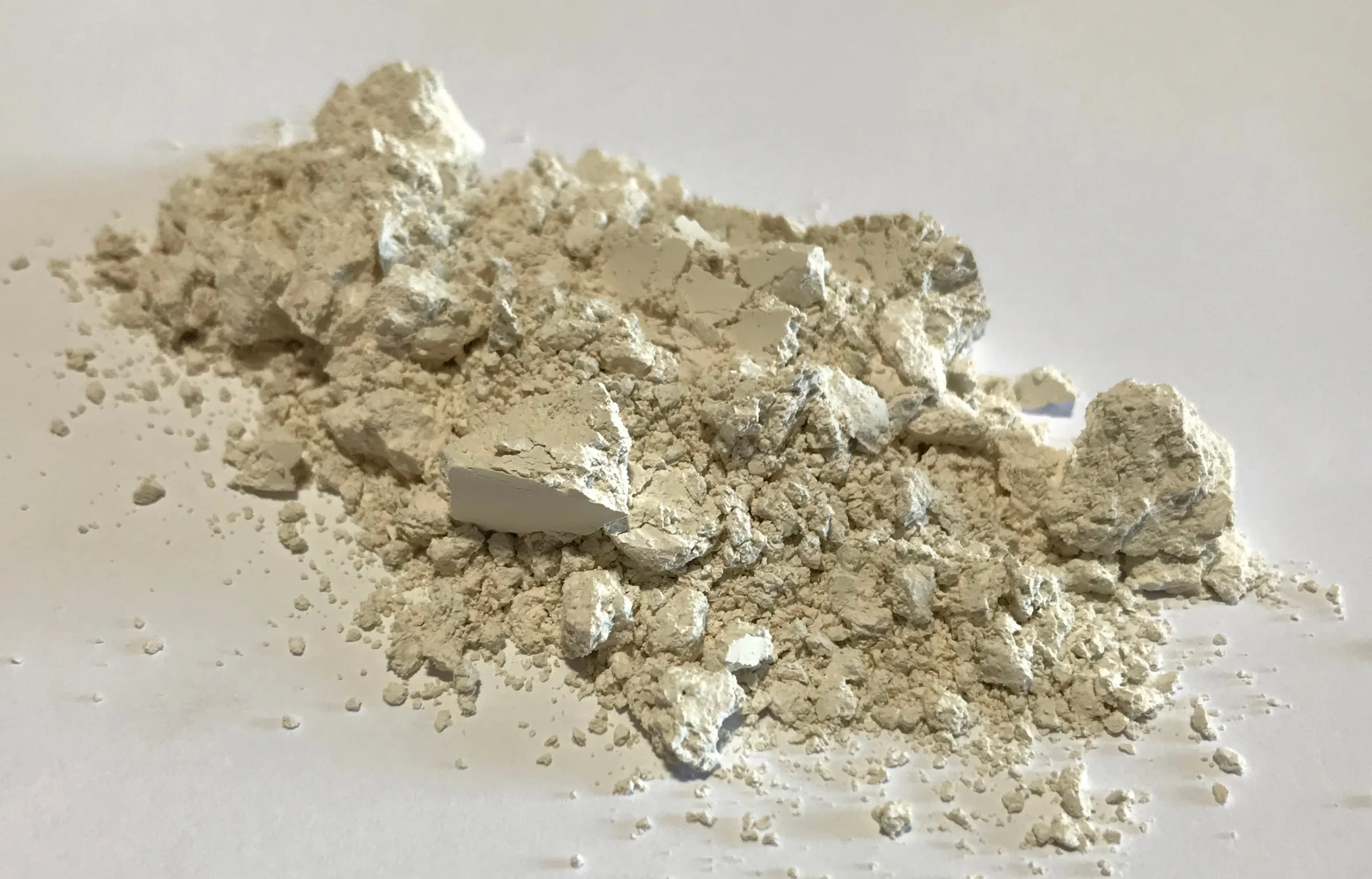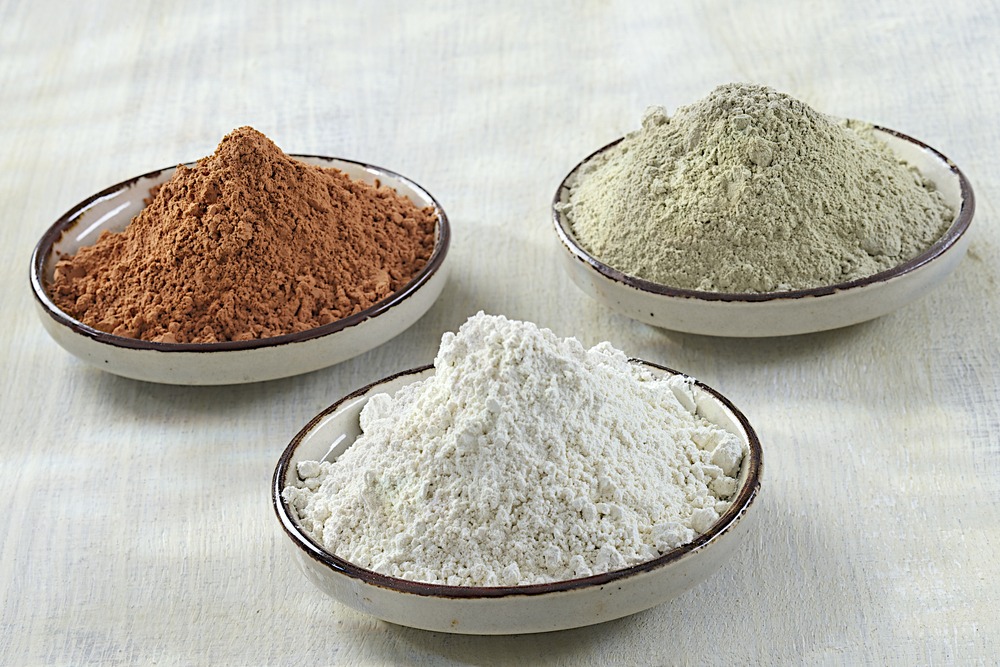Introduction
Kaolin, often referred to as China clay, is a fine, white clay mineral that has been used for centuries. Its name is derived from the Chinese term “Kao-ling,” meaning “high ridge,” where this mineral was originally discovered. Kaolin is known for its remarkable versatility, making it an indispensable part of several industries.
What Is Kaolin?
Kaolin is primarily composed of the mineral kaolinite and is found in abundance across the globe. This soft clay is often white or off-white and has a smooth, earthy texture. It is formed by the weathering of aluminum silicate minerals, primarily feldspar and mica.
Geological Formation
Understanding the geological formation of kaolin is essential. It is a product of the gradual decomposition of rocks rich in feldspar and other aluminum silicate minerals. Over time, natural processes like erosion and weathering break down these rocks into kaolin, which is then transported by water.
Read More: Salt
Types of Kaolin
There are various types of kaolin, including primary kaolin and secondary kaolin. Primary kaolin is found in the place of its origin, while secondary kaolin is transported by water and deposited elsewhere. Each type has unique properties that make them suitable for different applications.
Industrial Uses
Kaolin is an indispensable ingredient in numerous industries. Its high heat resistance, low electrical conductivity, and chemical inertness make it valuable in the production of ceramics, refractories, and fiberglass.
Kaolin in Cosmetics
The cosmetic industry extensively utilizes kaolin in skincare and makeup products due to its gentle exfoliating properties and oil-absorbing abilities.
The Paper Industry
Kaolin is a key component in the paper industry, where it is used to improve paper’s opacity, printability, and ink receptivity.
Kaolin in Agriculture
In agriculture, kaolin is employed as a natural pesticide, protecting crops from pests and improving yield.
Environmental Impact
Mining and processing of kaolin can have environmental consequences, including habitat disruption and water pollution. However, efforts are being made to minimize its impact.
Read More: Wikipedia
Mining and Extraction
The extraction of kaolin involves mining and processing to remove impurities and enhance its quality. Sustainable mining practices are crucial to protect the environment.
Global Production
Kaolin production is a global endeavor, with countries like China, the United States, and Brazil being the top producers. Understanding the global distribution of kaolin is vital for its trade and supply chain.
Notable Deposits
Some regions are particularly renowned for their high-quality kaolin deposits. These include the Kaolin Belt in the southeastern United States and the extensive deposits in China.
Quality and Purity
Kaolin’s quality and purity are significant factors in its value. The mineral must meet specific standards to be suitable for various industries.
Future Trends
The kaolin industry is evolving, with innovations in processing and applications. New technologies and sustainability efforts are shaping the future of kaolin.
Read More: Bentonite
Conclusion
In conclusion, kaolin deposits are a crucial natural resource with a wide array of applications across industries. Understanding its geological formation, types, and global significance is essential for responsible utilization. As we move into the future, advancements in kaolin mining and its applications will continue to shape our world.









